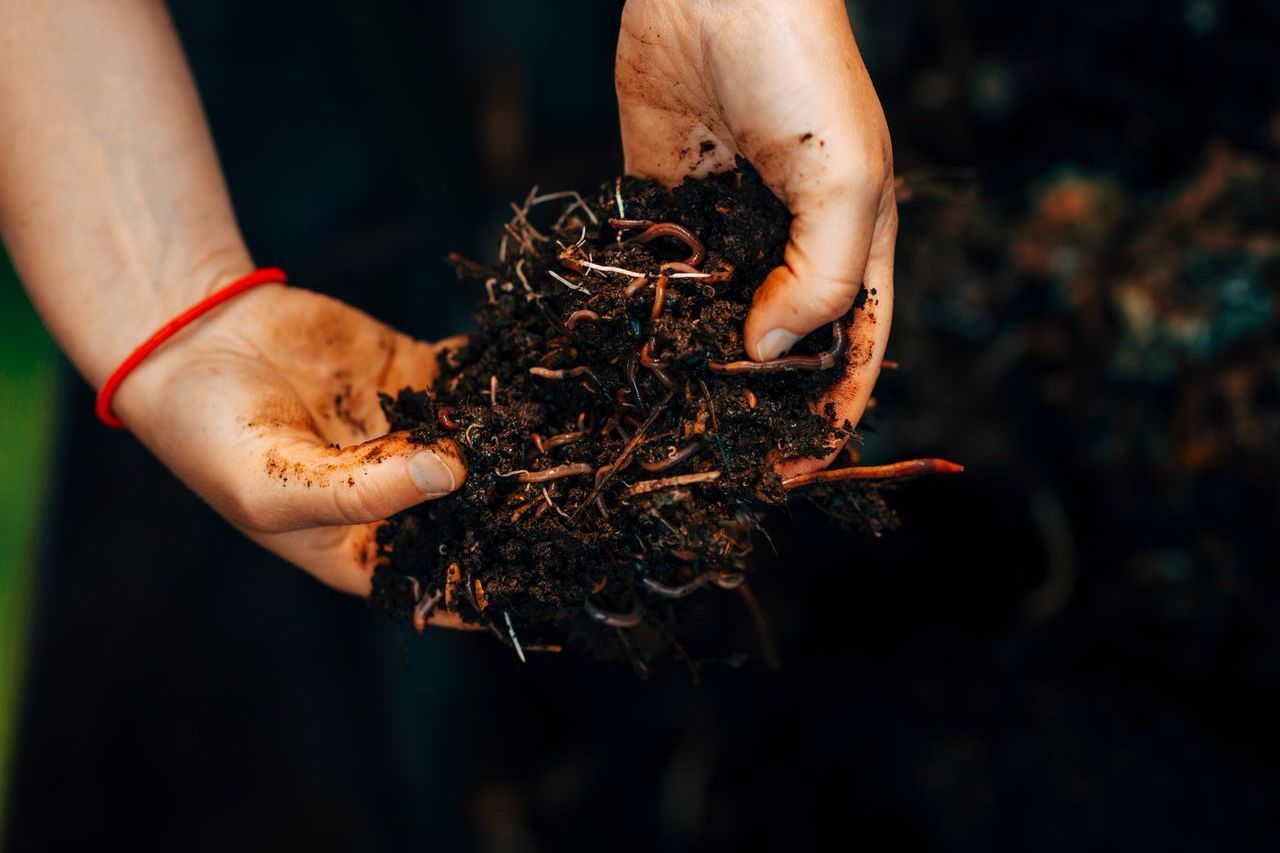Stephen Cronk, co-founder and owner of Maison Mirabeau in Provence, believes passionately in exploring new ways to manage vineyards and grow grapes in a more sustainable way.
For those that don’t know the Regenerative Viticulture Foundation can you explain why it was set up and what it does?
The RVF journey started in 2019 when I acquired a conventionally farmed vineyard in Provence. The terroir was good, but the organic life in the soil was extremely poor and I knew that converting to organic farming practices wasn’t going to be sufficient to revitalise the soils.
Whilst researching options, I came across an article in the New York Times about Mimi Casteel and her regenerative farming practices in Oregon. I reached out to Mimi over Zoom and also started seeking advice from a Danish permaculture specialist, Jesper Saxgren.

Stephen Cronk hopes to create a community of like minded winemakers who can help drive real change with the Regenerative Viticulture Foundation
Realising there were no dedicated regenerative viticulture organisations to support farmers wishing to transition, we teamed up to create the RVF. We all shared a strong belief that regenerative practices should be more widely adopted in wine production.
What are its core principles and targets?
Our main aim is to prove that farming vineyards in concert with nature – rather than against it – restores biodiversity, improves quality and can have a positive impact on profitability. Over the long term, we want to establish regenerative farming as best practice in vineyards all over the world.
How does it work – do you have members/ producers signing up?
The RVF is not a membership organisation or an accreditation awarding body. We exist to promote regenerative viticulture and support growers everywhere to become more regenerative, which we do by sharing knowledge and information with anyone interested. We also have a mailing list that people can join if they’d like to receive ideas, useful resources and information on events.
Can you pick out any key highlights and steps you have taken that have helped to take RVF to the next level of awareness and engagement?
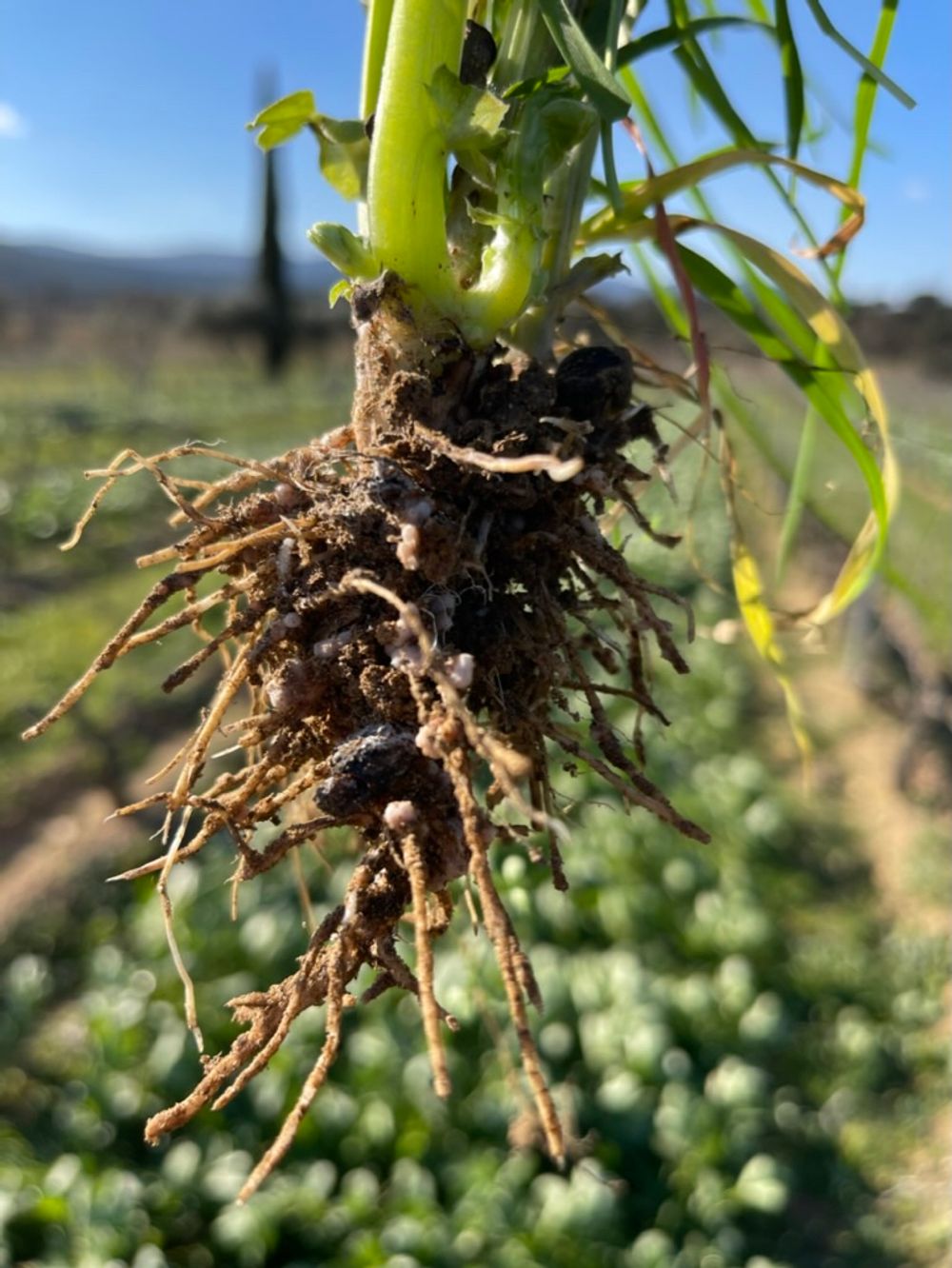
The Regenerative Viticulture Foundation wants to find ways that winemakers can work closer with nature
Since we launched last year, all of our trustees have been working extremely hard to collaborate with like-minded organisations. We’ve got stuck in by speaking at and moderating events like the Living Soils Forum, Sustainable Wine Roundtable conference, London Wine Fair and Porto Protocol Climate Talks. At the end of June, we’ll be appearing at Groundswell (the Glastonbury of regenerative agriculture) on June 28-29 and the IMW symposium.
Our trustees are a unique bunch with a huge range of knowledge. For example, our trustee Justin Howard-Sneyd MW has been delivering RV courses at the Dartington Trust, promoting RV through the MW network, and working with Penn Croft and Itasca to deliver a second annual UK RV workshop. Now that funding has been raised to bring Becky Sykes – our new programme director – on board, we are excited to be taking our operations to the next level.
You now have a lot of industry support and investment – which companies are supporting you?
Since we launched, we’ve been hugely heartened by the level of support we’ve received from big players in the industry. We have fantastic founding supporters including Berry Bros & Rudd, Château de Berne, Decanter Magazine, Famille Perrin, Jackson Family Wines, MDCV and Moët-Hennessy.
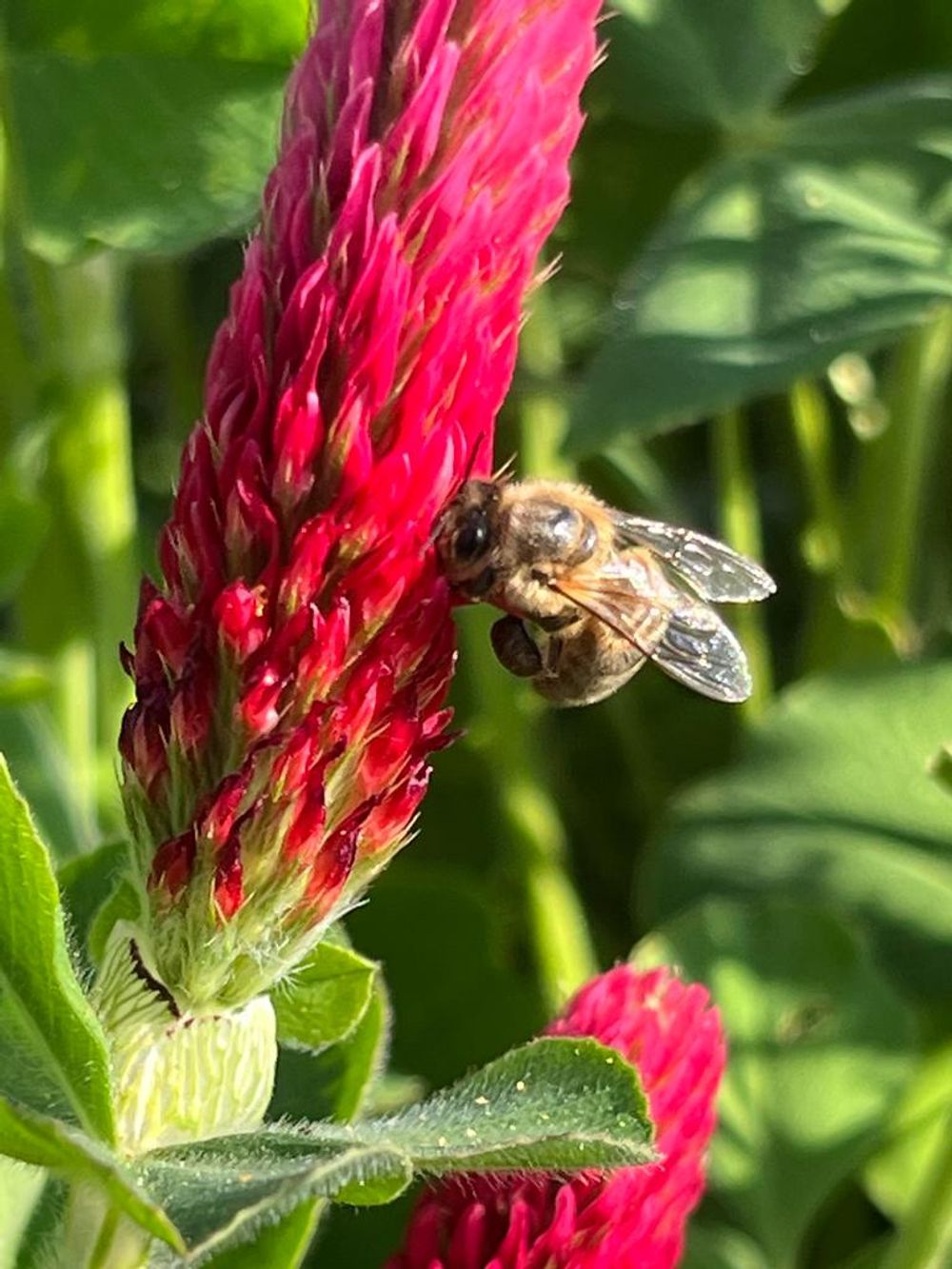
What criteria do you have in terms of the companies backing you and what are the investment levels?
Companies can support the RVF at various levels but typical contributions are £10k-20k per year.
What is that money being used for?
We have several workstreams, including supporting a literature review for publication in a peer reviewed journal to identify where regenerative viticulture has already been studied and where we might need to sponsor further specific scientific investigation. We’re also creating a regenerative index web tool that will help producers measure their own regenerative practices. That’s alongside our work building out various communication and networking tools to grow the regenerative community.
You have also brought on Becky Sykes – what is her role and why did you pick her?
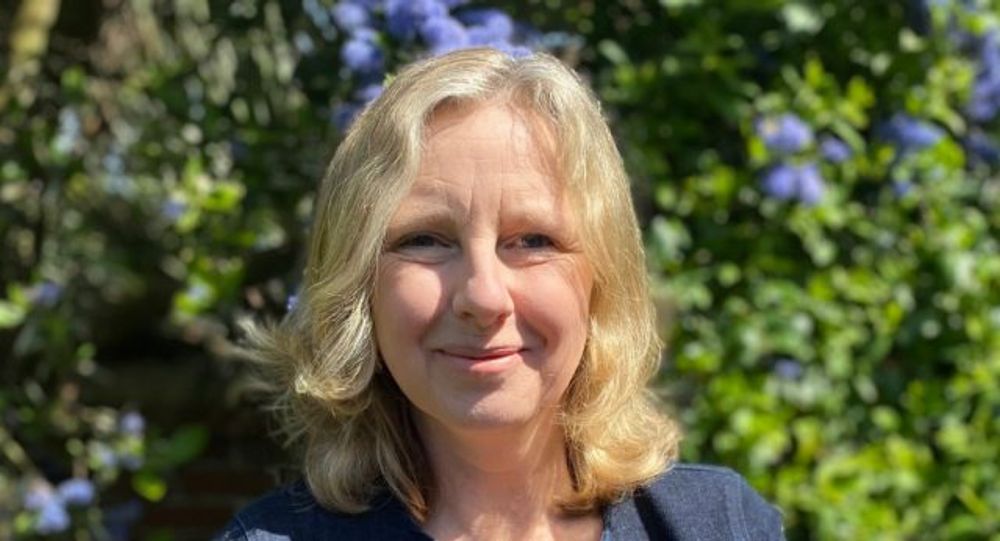
Becky Sykes has been brought in by RVF to help promote its message and strategy to growers around the world
Becky is our programme director responsible for research, education and engagement. It is her role to plan strategically for communicating the RV message to growers globally, ensure they have the resources they need and facilitate the growth of regional networks of growers who can support each other.
Becky is truly passionate about regenerative viticulture. Learning about soil health and climate change during her MSc in Viticulture & Oenology at Plumpton College, she shares our conviction that regenerating the soil microbiome enables vines and soil to work together in partnership. Her previous career was in the public affairs sphere of PR, so she ticked all the boxes for what we were looking for – someone with practical grape growing experience, a scientific understanding of regenerative viticulture and great communication skills.
What are your key aims for 2023?
In 2023, we aim to:
- Build our community of growers, researchers and leaders in regenerative viticulture.
- Raise awareness of the ideas, importance and benefits of biodiversity in viticulture via seminars, workshops, events, webinars and podcasts, collaborating with soil health organisations and building up a social media presence.
- Assess current scientific literature that demonstrate the environmental and economic benefits of biodiversity in viticulture, identifying gaps that would benefit from trials.
- Initiate regional networks of growers and organisations that can support each other, helping facilitate farm visits, small scale events, workshops and demonstrations.
- Develop, beta-test and launch a ‘Regenerative Index’, an online tool to help growers assess where they are now and how they can progress towards becoming more regenerative in their practices.
How can people get involved be it personally or a business?
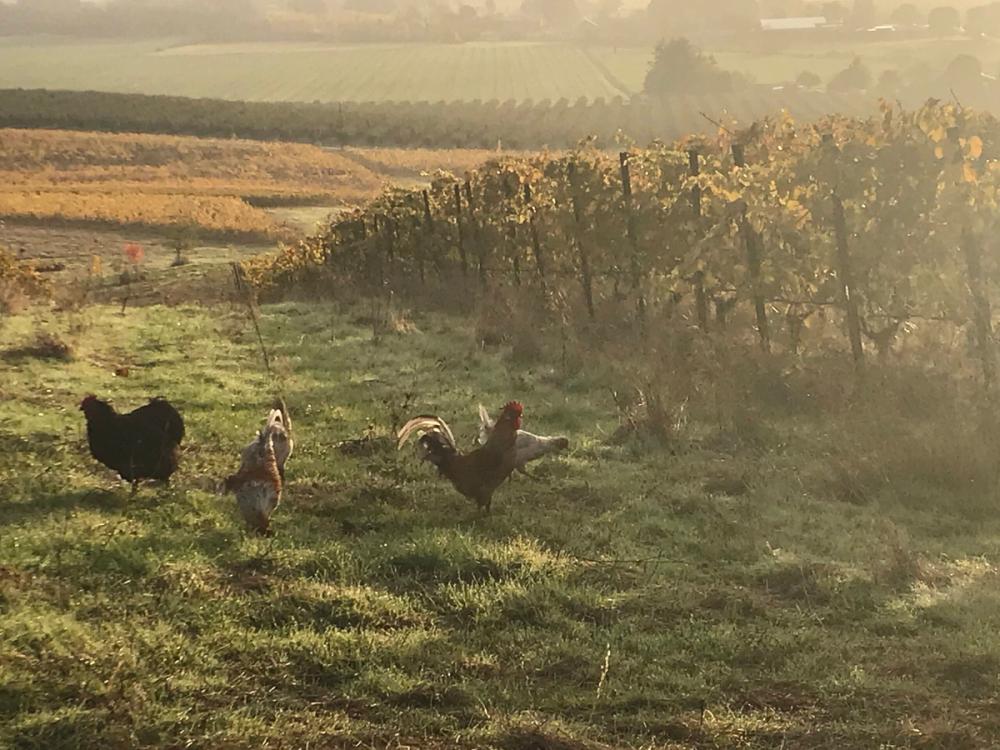
The RVF has big ambitions to bring more major wine businesses and producers into the organisation
The regenerative viticulture family is broad and welcoming. There are many opportunities to get involved. Growers can sign up to the RVF mailing list via the website to receive updates on events happening near them and to learn more about the theory behind regen. Our website has case studies and resources, which are being added to continuously and we would welcome contributions from producers who would be prepared to share their experiences in any area of regen.
As the movement grows, naturally more funding will be needed to develop the resources and networks we require to support growers. If people can help in these areas, we would love to hear from them!
A key part of RVF is communicating and sharing your stories. How do you do that and what plans do you have in that area?
The RVF website and monthly newsletter are full of stories of growers incorporating different practices from the RV ‘toolkit’ to build soil health and biodiversity. Some are beautifully photogenic – sheep in vineyards aflutter with bees and butterflies. Some are less obviously photogenic – holding off on chemical fertilisers so that beneficial fungi and bacteria come back into balance in the soil.
Alongside our website, our social media presence is also being developed – not just to share pretty pictures of cover crops, but instead to allow growers to ask questions and get answers to the issues they’re struggling with. It can be a lonely place, breaking the mould. Chemical monoculture has been the norm for a long time and the industry surrounding it exists to make it easier to farm that way.
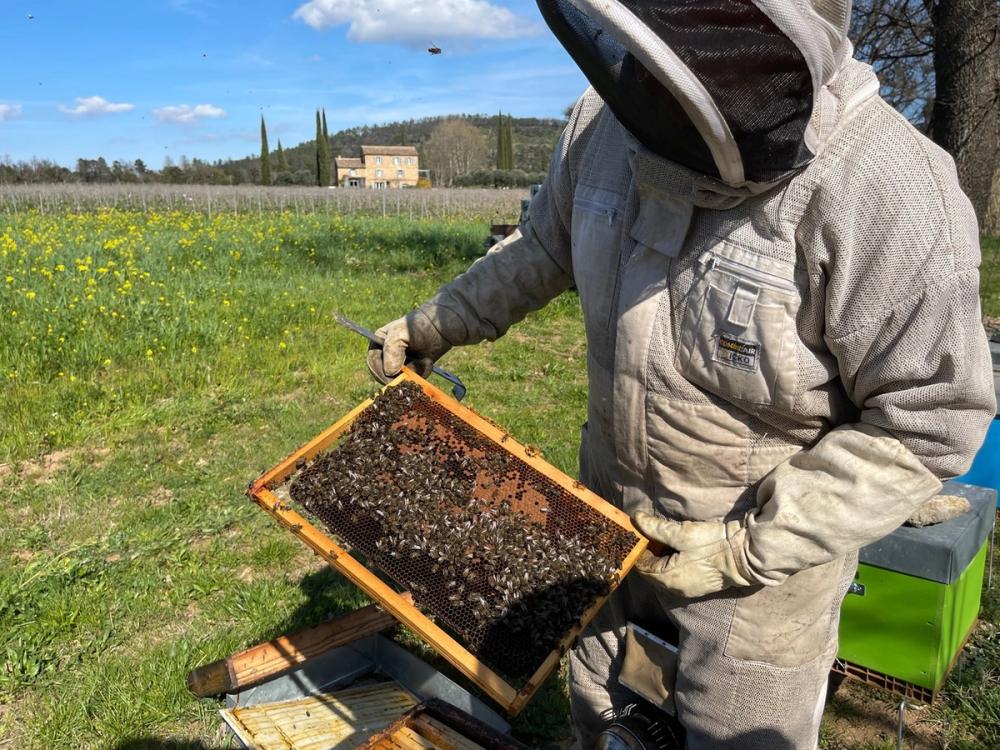
Working with bees and beekeepers is a key part of RVF’s approach
We want to enable growers who are curious about regen to be able to engage with growers in their local area who might be a couple of steps further along their regen journey. So, if anyone fancies setting up a local network, please do get in touch!
What are RVF’s five and 10 year goals and targets?
In five year’s time, we will be proud if we have:
- Established regenerative viticulture as part of all major wine education courses.
- Created a toolkit of regenerative practices for growers to use, with all the resources available on the website.
- Built a community platform for growers to interact with each other.
- Initiated local ‘show and tells’ where growers can invite neighbouring farmers into their vineyards and share their regen journeys.
- Facilitated research into carbon sequestration in vineyards.
In 10 year’s time, our ambition is to:
- Become part of a net zero strategy for wineries through carbon insetting.
- Develop a lobbying capability to shape policy and promote subsidies for regen conversion.
- See regenerative farming recognised as best practice globally.
- To find out out more about Regenerative Viticulture Foundation go to its website here.
